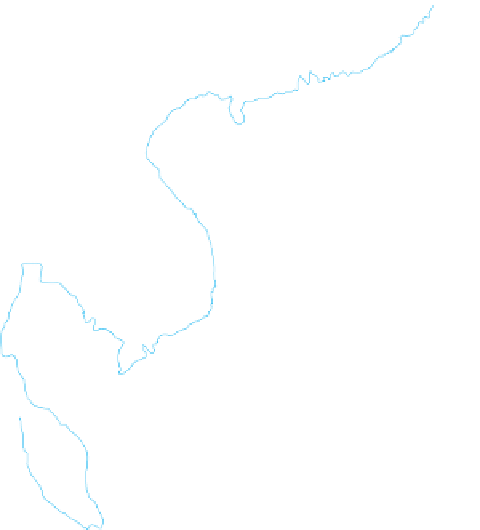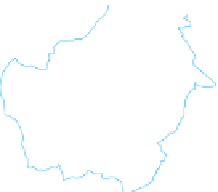Geography Reference
In-Depth Information
Taipei
100
°
120
°
CHINA
Xiamen
Guangzhou
Macau
TAIWAN
Kaohsiung
Xianggang
(Hong Kong)
PACIFIC
OCEAN
Haikou
Hainan
Luzon
Baguio
PHILIPPINES
Ubon
Manila
CAMBODIA
Legazpi
Mindoro
Nha Trang
Samar
Leyte
Ho Chi
Minh City
(Saigon-Cholon)
Panay
10
°
Palawan
Bacolod
Cebu
Butuan
10
°
Negros
S ulu
S ea
Mindanao
Zamboanga
Sandakan
Kota
Kinabalu
Davao
Songkhla
Bandar Ser
i
Be
g
awan
MALAYSIA
Kuala
Lumpur
Celebes
S ea
BRUNEI
Ipoh
Medan
Sibu
Johor Baharu
Manado
0
°
Padang
Bangka
Jambi
Billiton
CHINESE IN
SOUTHEAST ASIA
Palembang
Banjarmasin
Ujungpandang
Jakarta
Migration route
Madura
Semarang
Bandung
Major
Concentration
Secondary
Concentration
City
National capitals are underlined
Figure 3.13
Chinese in Southeast Asia.
The great
majority of Chinese who live in Southeast
Asia migrated from southeastern China.
© H. J. de Blij, P. O. Muller, and John Wiley & Sons, Inc.
EAST
TIMOR
Surabaya
Dili
0
500
1000 Kilometers
10
°
0
250
500 Miles
110
°
120
°
Longitude East of Greenwich
work as contract laborers in Southeast Asia (Fig. 3.13).
Many remained, and today their descendants consti-
tute a Chinese minority in Southeast Asian countries
that accounts for substantial portions of the popula-
tion: 14 percent in Thailand, 32 percent in Malaysia,
and 76 percent in Singapore. The Chinese minority
in Indonesia accounts for only about 3 percent of the
total population, but Indonesia has more than 200 mil-
lion people, so its Chinese minority is one of Southeast
Asia's largest clusters. Over time, the Overseas Chinese
in Southeast Asia became leaders in trade, commerce,
and fi nance in Southeast Asia, taking an economic posi-
tion much like that of Southern Asians in eastern and
southern Africa.
immigrants to Israel. At the turn of the twentieth cen-
tury, fewer than 50,000 Jewish residents lived in what
was then Palestine. From 1919 to 1948, the United
Kingdom of Great Britain and Northern Ireland held
control over Palestine, and Britain encouraged Jews,
whose ancestors had fled more than a thousand years
earlier from the Middle East to Europe, to return to
the region. By 1948, as many as 750,000 Jews resided
in Palestine, when the United Nations intervened to
partition the area and establish the independent state
of Israel. The original boundaries of the new state are
shown in orange in Figure 3.14. Following the division
of the land between the newly created Israeli state and
the state of Palestine, another migration stream began
when 600,000 Palestinian Arabs fled or were pushed
out of Israeli territories. Palestinians sought refuge in
neighboring Jordan, Egypt, Syria, and beyond.
Through a series of wars, Israel expanded its area
of territorial control (Fig. 3.14) and actively built settle-
ments for new Jewish immigrants in Palestinian territories
Reconnection of Cultural Groups
Regional migration flows also center on reconnecting
cultural groups across borders. A migration stream
with enormous consequences is the flow of Jewish
































